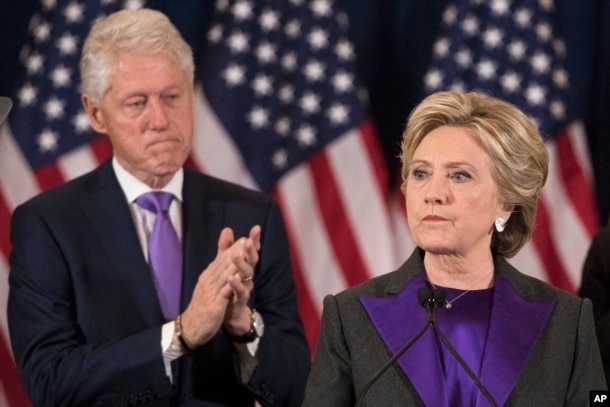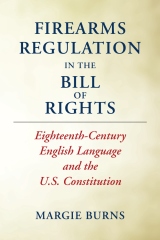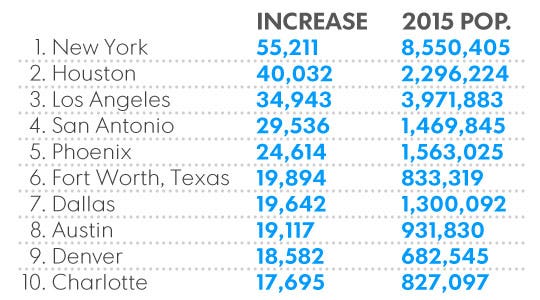[Update May 2. Here is the reply to my question to the Maryland Attorney General’s office:]
Your email to Attorney General Brian Frosh has been referred to me for response. You have inquired into whether the Maryland Attorney General could assist with the enforcement of contracts between authors and publishers. Under a valid contract between and author and a publisher, the parties are legally required to perform certain agreed upon terms. If one party fails to perform, the other can sue to enforce the agreement. Under Maryland law, there is no authority for the Attorney General to get involved in such a contract dispute. The dispute is between the two parties to the contract and the remedy is for one party to file an action against the other.Please let me know if you have further questions. Jenny Baker
Contracts between authors and publishers don’t get treated as real contracts. In the judicial system, the author is generally treated as “a very, very small business.” So I was told several years ago as a member of the National Writers Union. While in the NWU I chaired the DC chapter for a couple of years; I also served as a Grievance Counselor, trying if possible to help members who had a problem with their publishers. Most often the problem was that they did not get paid.
The first question was ‘Do you have a contract or [something, anything, in writing]?’ If yes, the next question was ‘Can you send it to me?’ One of the services offered by the NWU was contract advice. I was not a Contract Advisor, but the CAs were also there to help; they tried to see to it that the author stuck out for a decent contract, bringing another pair of eyes to rights and royalties.
The trouble was that even a writer with a clear-as-glass contract had little way to enforce it.
I cannot go into detail on individual examples/cases. But I can say that my premise that a contract is a contract, even where one party is a small-time ham-and-egger, started to feel a bit naive. An author’s contract would generally be written by the publisher. It could have an unequivocally clear schedule for reporting sales and paying royalties–obligations of the publisher. But if the calendar date rolled around and there was no royalty check from the publishing company–then what?
Well, in the State of New York, when Andrew Cuomo was state Attorney General– nothing. Too bad I can’t go into details. Suffice it to say that a state AG, or the office of a state’s attorney, does not come banging on the door of a deadbeat publisher, demanding that he cough up or else. There’s no SWAT team for scofflaws in publishing. The contract might as well not have existed. Mutual agreement, mutual consideration, formal written expression all in place–the basis for contract law itself. And they might as well have been the Rock of Gibraltar recreated as whipped cream, sliding into the ocean.

NY AG Andrew Cuomo
Many journalists and other writers know something about the above picture, enough so that they don’t choose to freelance. Theoretically, being on the staff of a recognized periodical offers protections that an isolated freelancer does not get.
All this brings me to what sounds like an interesting book from Barbara Feinman Todd, fittingly titled Pretend I’m Not Here. Feinman Todd was a freelancer with more position than most. Among other professional activities she was a ghostwriter for the Washington Post’s Carl Bernstein, Benjamin Bradlee, and Bob Woodward. She also ghosted Hillary Clinton’s It Takes a Village (1996).
According to an interesting article by Clark Hoyt, the book–which I have not read yet–recounts that Feinman Todd got burned by Woodward. The story is that the author confided to Woodward that Hillary Clinton bolstered herself psychically by having imaginary conversations with Eleanor Roosevelt among others. Instead of keeping this item secret as promised, Woodward used it–prominently–in his own book on Bill Clinton’s presidential campaign. He also passed along copies of two transcripts Feinman Todd allegedly gave him to other WaPo writers, for their work on Hillary Clinton’s 2016 presidential campaign.
Woodward denies Feinman Todd’s account, according to Hoyt. As a supporter of authors I think Mr. Hoyt’s article makes a point of bigger interest than the personalities involved:
Woodward’s efforts to report the story could explain why Feinman Todd suddenly found herself on the outs with the Clinton White House, which ordered the publisher of “It Takes a Village” to withhold her final payment.
Bill Clinton’s White House “ordered the publisher” to withhold the author’s last payment on a book she ghosted for first lady Hillary Clinton?
.jpg)
1996, Simon & Schuster
Why, absent a national security concern, does a White House get to tell a publisher what to do? And of all things to command, why does it get to tell a publisher not to pay an author? Admittedly, that particular command might go down easy; see above on how publishers pay. But however willing the publisher might be to entertain the order, as represented it is still an order to violate a contract. They used to call it breach.
That wasn’t the only one, according to Feinman Todd:
And, when the book came out, Feinman Todd was given no credit, despite a requirement in her contract that she be included in the acknowledgments.
Ghosters can get shafted. The ghostwriter is usually supposed to be invisible, or at least not too conspicuous. Just the same, if the publisher failed to honor a contract requirement, the author had grounds to take the publisher to court. And she would have had more position than most to do so. The controversy actually drew some attention at the time. Simon & Schuster exposed its lack of self-respect when it caved under a directive from the Clinton White House. (Despite my concern with the larger issues, I admit it would be interesting to hear how the order was worded. And who delivered it, and to whom. And when. And where. Reading this stuff is like reading that the CIA could direct a university to hire one of its own as a full professor.)
For the record, my own view is that an author shouldn’t have to sue for redress. Breach of contract harms the public. It should be handled by a public entity, as in the state’s attorney’s office. Reading about the actions of a major publisher in 1996 raises the issue again.













